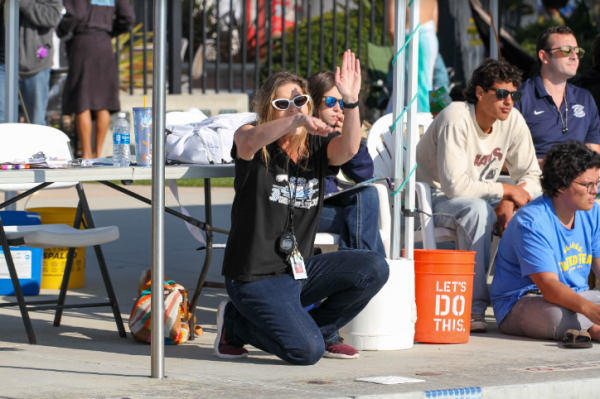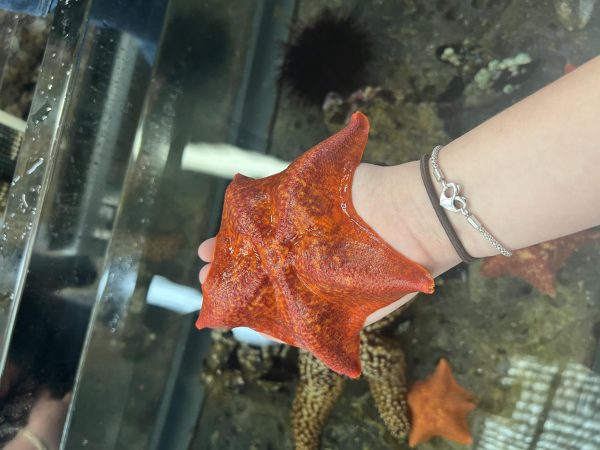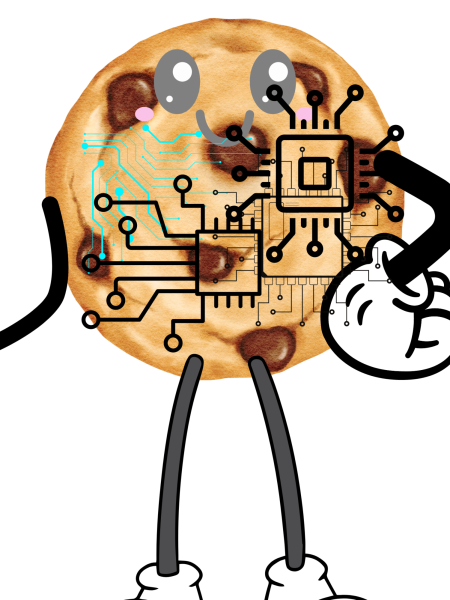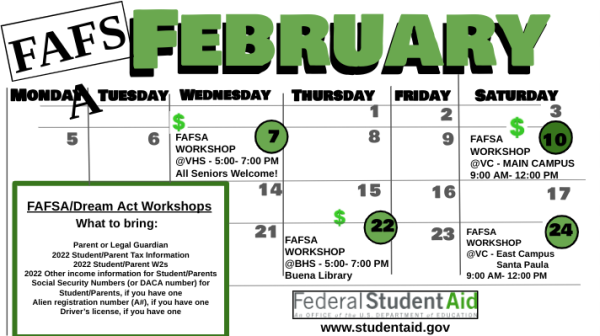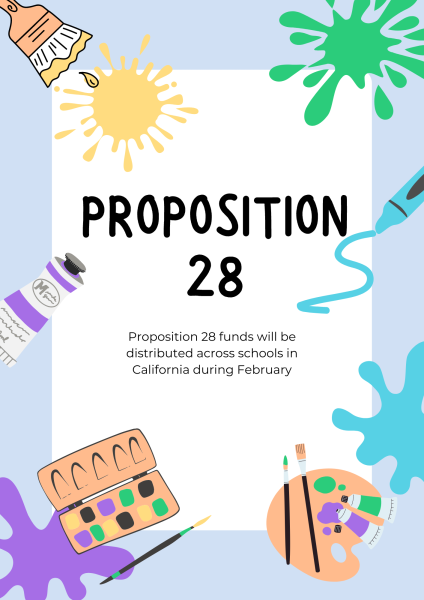Face Masks with Faith: A Video Sewing Tutorial
July 29, 2020
Students and teachers across the country can take this opportunity at home to learn new skills and do other activities to move the day along. Many across the nation are using this time to help those around them. One of the ways people are helping others is by making homemade face masks. In this tutorial, I will show three types of masks you can make at home, two of them are machine-sewed while the other one is a no-sew mask. However, having a mask does NOT mean you should stop social distancing. According to the California Department of Public Health, face masks should only be worn when you are going out doing essential activities like shopping for food or knowing you will be around other people in a public space. For your own safety, for the safety of others, and in order to ease the stress of nurses and doctors, it is highly recommend you stay home in order to prevent the spread of COVID-19. For more information, you can go to the California Department of Public Health in their COVID-19 information page.
Before we can get started with assembling our masks, the items you will need are as follows…
I will first go over the masks that require sewing, particularly I will first show you how to make a mask that has straps going over your ears, or as I like to call them, “strapless” masks. These masks can fit on nearly anyone. For those who have a hard time finding anything to fit comfortably, a mask that has straps is recommended.
In any sewing project, you will need to make a pattern to guide you through cutting out how much fabric you will need. I will show you the steps on how to make your own paper guide/pattern for a face mask.
Steps to make pattern for mask:
- Take your piece of paper and ruler. Do this on a flat, smooth surface for better accuracy.
- Measure the length of paper and mark the nine inches onto your paper.
- Turn paper on the other side and measure the width of the paper by six inches.
- Make sure that the length of paper is nine inches while the width is six inches.
- Cut paper out.
- On one of the nine inch sides, make a mark which tells you to keep that side on the fold of fabric.
- On the other nine inch side, measure a quarter of an inch from the edge of paper and make a mark.
- Make a line from the mark going up and down from the length of paper- this will indicate your seam allowance.
- Place the edge of the ruler on one of the six inches sides to create pleats on pattern.
Important note for this step, keep the zero inch mark of the ruler on the mark you made for seam allowance.
- You will make a total of seven lines on the edge of the paper- three of them are darted lines while the other four are solid lines.
- For the first line (the closest to seam allowance) mark one inch from seam allowance and create a solid line. For the next line, a darted line, mark an inch and a half onto paper and create the darted line. Go to the two inch mark and create a solid line. Move to the two and a half inches mark and create a darted line. Mark a solid three inch mark, then another darted line at three and a half inches, and finally a solid line at fours inches.
- Repeat step 11 on the other six inch width side of paper.
Once you have your pattern, you will use it to cut out the amount of fabric you need. Remember, the edge where we marked the fold will be placed on the fold of the fabric. If you do not have a fold, then you will need to remember to sew this edge together.
If you desire, you will also cut out the fusible interfacing using the pattern of the mask. Lightweight inner fusible interfacing is like a thin roll of cotton that can be glued onto fabric. This material is good for additional protection for a face mask. However, because I don’t have any and the state only requires cloth masks, I will not be putting in any interfacing in my masks- but I will still show what you will need to do if you do want to have interfacing in your mask.
This first mask that we will make is the strapless mask. Keep in mind that the steps for the straps mask and the strapless mask are partially the same in every way except there are additional steps to create the straps. Without further adieu, it is time to get sewing!
Ignore this step if you do not want the interface in the mask. If you want to have the interfacing, iron fabric to the fusible side (Or in other words, the side that has the white dots) together and make sure that they are not peeling apart when done. If you are having trouble getting the fabric and interfacing to fuse, sew the very edge of the wrong side to the whole perimeter of the interface.
- Fold fabric right sides together, having the wrong sides out. (“Right side” is the fabric you want to see when it is finished being sewed. “Wrong side” is the side of the fabric you do not want to see.)
- Pin the nine inch side without the fold and pin it together. Leave an opening of at least two and a half inches at the center of the fabric. (You can even use your fingers to see how large of an opening you want.)
- Sew both sides of pinned fabric together with a quarter of an inch seam allowance- remember to backstitch at ends of seams.
- Take seven inches of elastic or cut hair tie and place it inside of the mask through the opening you made. Place each end of the elastic/hair tie at the edges of the mask. Make sure nothing is coiled!
- Pin pieces to fabric and sew. It is recommended to backstitch several times over ends of straps/elastic/hair ties or additional durability to withstand the stress of being pulled.
- Repeat steps four and five on the other six inch side.
- Turn your fabric right side out and iron fabric if needed.
- At this point you should have something that looks very similar to a completed mask. There are only a couple of steps left to complete a sewn mask! These steps will be pleating and top-stitching.
- Mark pleat marks onto fabric with fabric pencil. If you don’t have one, pins can work as well.
- Fold fabric with darts down and pin it in place, you should have three pleats.
- Sew the entire perimeter of the mask at the edge.
Steps to make straps:
- Measure 22 inches by two inches on fabric, make sure that fabric is folded.
- Cut out.
- Repeat step one on fabric again to get two more cuts of straps
- Fold stripes of fabric right sides together hotdog style, pin fabric together.
- Sew along the edge of fabric, remember to backstitch.
- Turn the fabric inside out- this can be done with a paperclip or a loop turner.
- Fold one end of each strap and sew the edge close.
- Proceed back to step four of machine mask instructions and sew straps onto the mask.
Well done! You just finished your mask, now you are ready to face this pandemic!
Of course, not everyone has a sewing machine, supplies, or the time needed to create your own mask from scraps- which is why I will also teacch an easy, effective, no-sew mask as well! As stated before, you will only need two hair ties and a bandana. If you don’t have a bandana, then cut a piece of cotton fabric 22 inches by 22 inches.
Steps to create no-sew mask:
- Make sure fabric/bandana is ironed if needed. Lay fabric out on a flat surface.
- Grab edges of one end of fabric and fold it to the center of fabric.
- Grab the other end of fabric and fold it over the fold you already made.
- Insert hair ties at each side of fabric.
- Fold one side inside of the bandana then fold opposite the side on top of the fold.
- Make sure that ends of folded fabric are tucked into each other.
- Wear and be proud of yourself!
Congratulations, you have made your mask and now you and those around you will now be protected! Remember though, this is not a substitution for social distancing. Stay home as much as you can and only leave for essential activities, and wear your new mask while doing these essential activities. Thank you for watching this video and please stay safe and healthy bulldogs.

